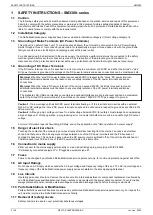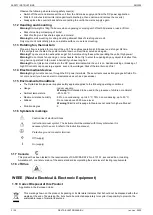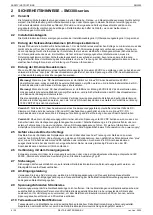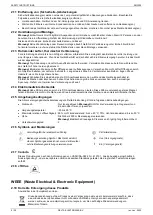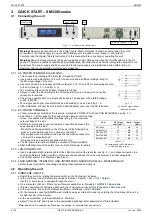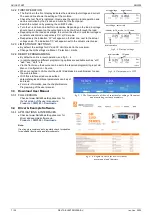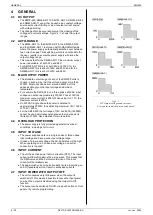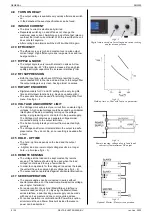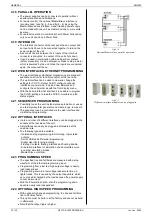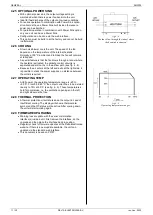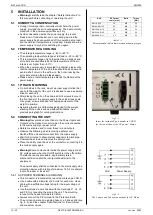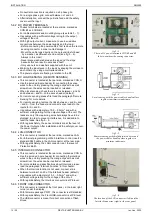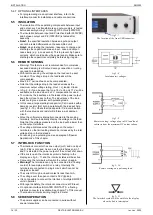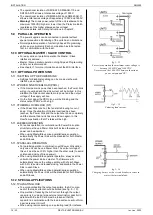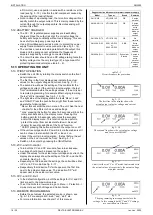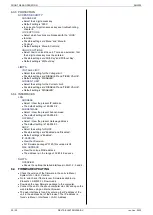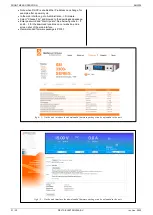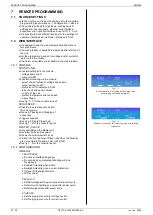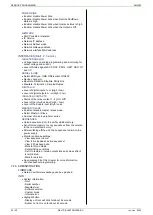
GENERAL
SM3300
9 / 30
DELTA ELEKTRONIKA B.V.
rev. Jan. 2022
4.8
TURN ON DELAY
The output voltage is available very quickly after mains switch
on.
In the datasheet the exact specifications can be found.
4.9
INRUSH CURRENT
The inrush current is electronically limited.
Repeatedly switching on and off does not change the
maximum peak current. Switching on and off at a fast rate can
overheat the inrush current limiter. With the result that the unit
does not start anymore.
After cooling down (mains switched off) it will be OK again.
4.10
EFFICIENCY
The efficiency is very high and constant over a wide output
current range. High efficiency means low power loss and low
heat generation.
4.11
RIPPLE & NOISE
The output ripple is very low with almost no spikes. At low
temperatures like -20°C the ripple increases. By using high
quality electrolytic capacitors the increase is relatively low.
4.12
RFI SUPPRESSION
Both the input and output have RFI filters, resulting in very
low conducted RFI to the line and load. Due to the output filter
the output voltage is very clean, having almost no spikes.
4.13
ROTARY ENCODERS
Digital encoders for CV and CC setting with a very long life
time and intelligent functions (e.g. Keylock, variable pitch).
The encoders can also be used for scrolling through the front
menu. See fig 4
– 2.
4.14
VOLTAGE AND CURRENT LIMIT
The Voltage Limit will protect your circuit from unwanted high
voltages. A high output voltage could be caused by accidental
interruption of leads, accidentally turning up the voltage
setting, a programming error or a defect in the power supply.
The Voltage Limit circuit uses a separate voltage divider
connected directly to the output terminals.
The Current Limit protects your circuit from unwanted high
currents.
The Voltage and Current Limits maintain the output to a safe
preset value. They do not trip, so no resetting is needed after
a fault.
4.15
HOLD - UP TIME
The hold - up time depends on the load and the output
voltage.
A lighter load or a lower output voltage results in a longer
hold - up time (see fig. 4 - 3).
4.16
REMOTE SENSING
The voltage at the load can be kept constant by remote
sensing. This feature should only be used when the load
voltage is not allowed to vary a few millivolts.
In order to compensate for the voltage drop across the leads,
the unit will have to supply a higher voltage (see fig. 4 - 4).
The sense leads are protected against accidental interruption.
4.17
SERIES OPERATION
The power supplies can be connected in series without
special precautions. For the maximum allowed series voltage,
see chapter 'Installation'.
For easier control, the optional Master/Slave interface is
recommended (see fig. 4 - 5). By using the Master/Slave
series interface, a dual tracking power supply can be made
with one unit as master and one or more units as slave.
For series operation in combination with Power Sink option,
all units must have a Power Sink built inside otherwise no
power can be absorbed.
fig 4 - 3
Hold-up time vs. Vout with Iout as a parameter.
fig 4 - 4
Remote sensing, voltage drop in load leads
subtracts from maximum DC output.
fig 4 - 5
Optional Master / Slave series operation.
fig 4 - 2
Digital rotary encoders for voltage and current setting
and for menu operation.


